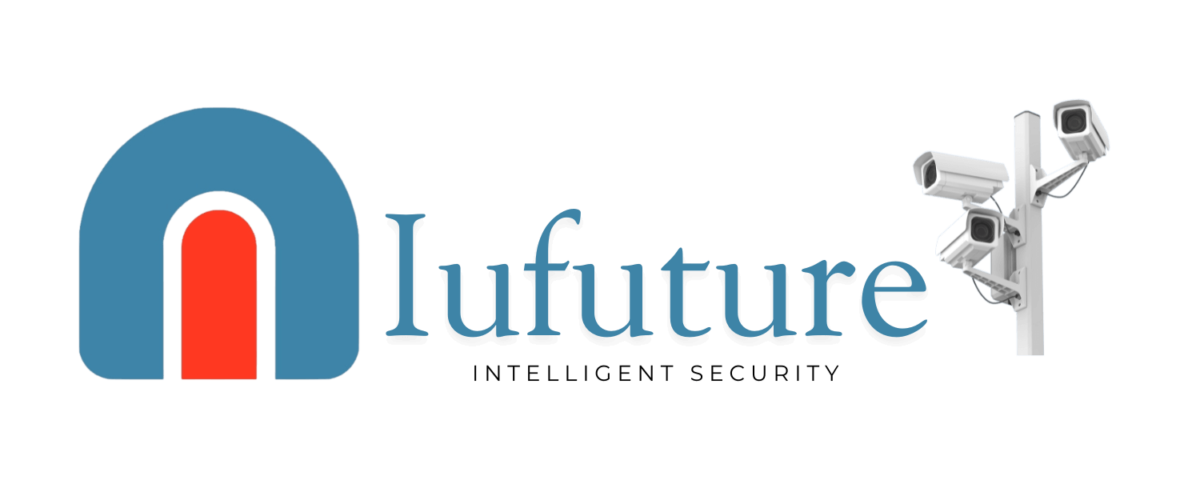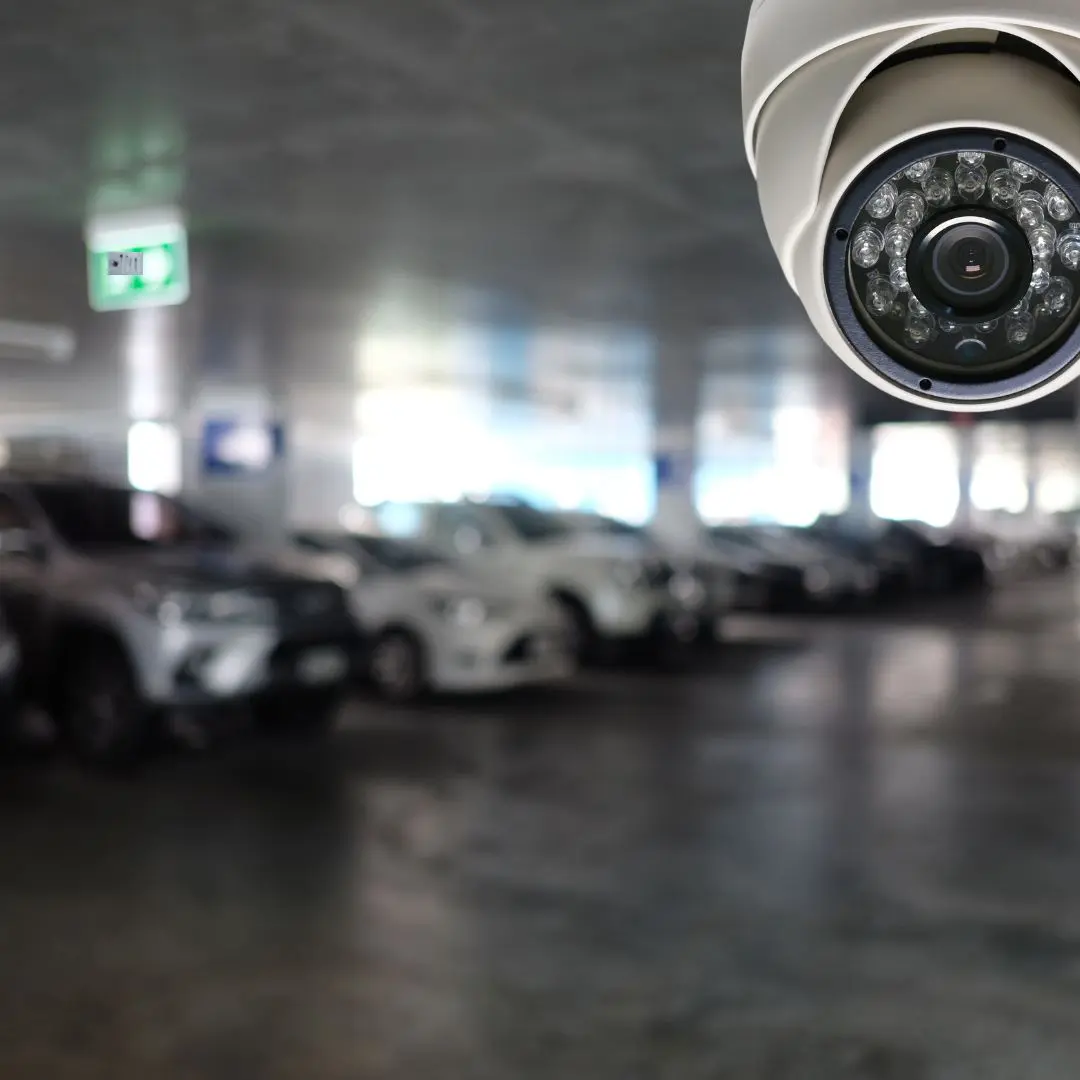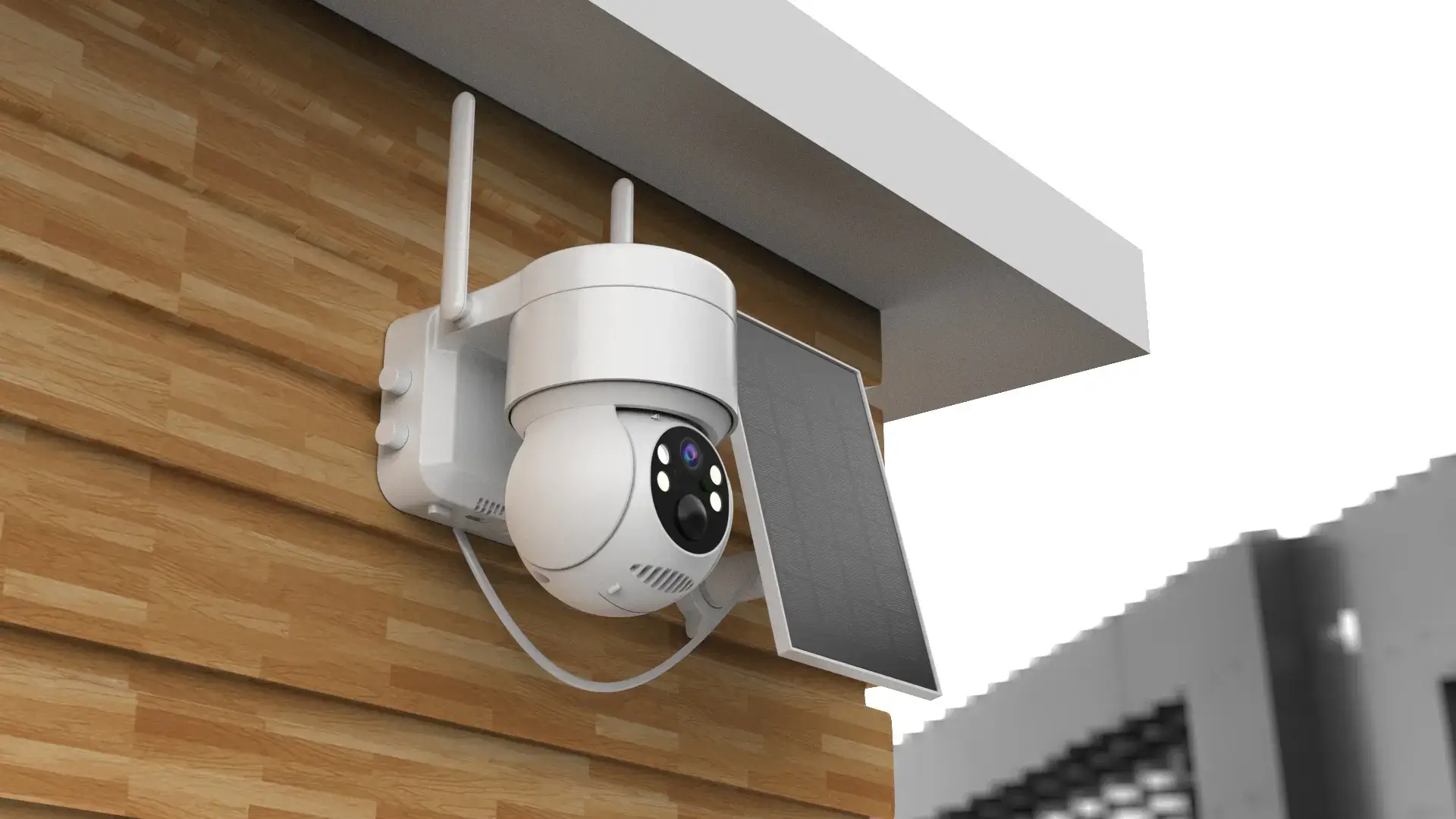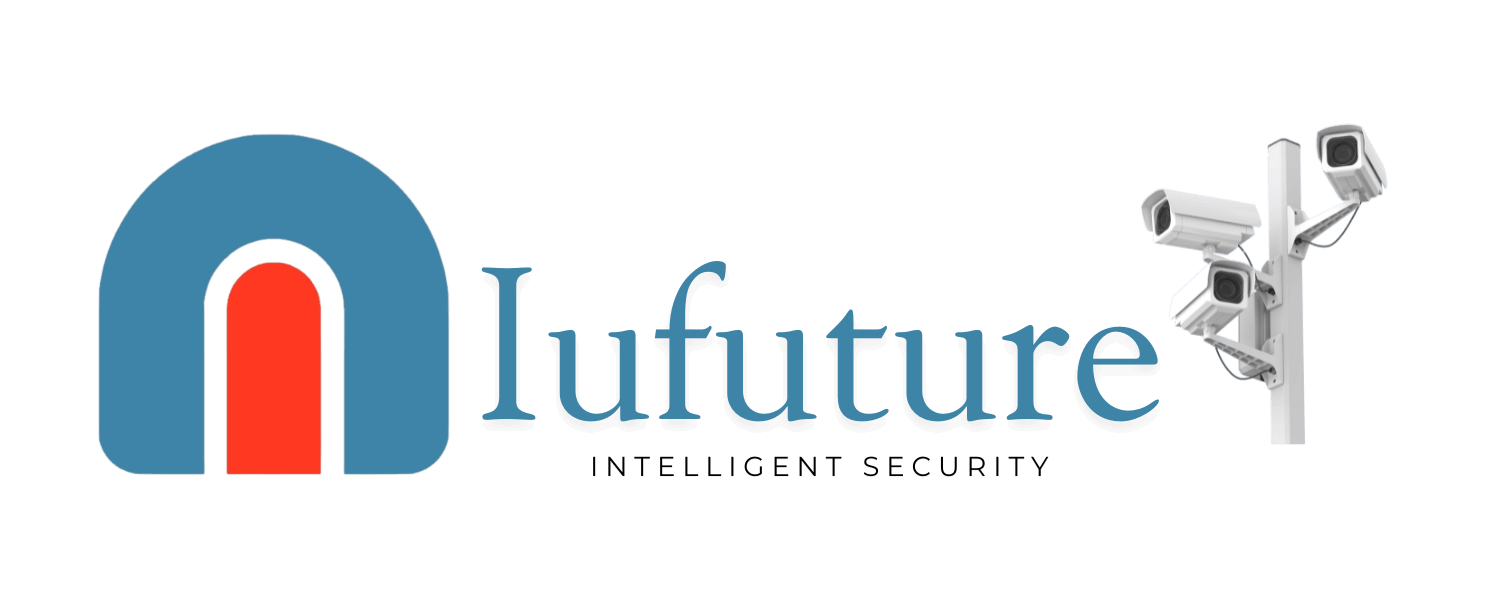Introduction to Facial Recognition and Its Application in Surveillance Systems
Facial recognition, one of the most widely discussed technologies today, is a powerful tool that is rapidly transforming public and private security management. In an increasingly connected world, where crime prevention and security demand more sophisticated and efficient methods, facial recognition surveillance emerges as an innovative solution. Providers of facial recognition surveillance systems are at the forefront of this transformation, offering solutions that help prevent crimes, monitor public and private spaces, and enhance operational security efficiency.
What exactly is facial recognition? Simply put, it is a technology that identifies or verifies a person based on their unique facial features. By capturing an image of a face, facial recognition systems analyze specific points and the distances between them, creating a mathematical model that can be compared to an existing database to confirm an identity. This technology is widely used in security cameras, access control systems, and even smartphones.
As an extremely effective tool for real-time identification, the application of facial recognition in surveillance has expanded rapidly. Specialized system providers have invested in developing solutions that make this process increasingly accurate and accessible for various institutions and businesses. However, despite its benefits, the use of this technology is not without controversy, particularly concerning individual privacy and the ethics of mass monitoring.
The Evolution of Facial Recognition Surveillance System Providers
Early facial recognition systems were limited and imprecise, often failing to correctly identify individuals or confusing similar-looking faces. However, with advances in artificial intelligence (AI) and machine learning, solutions provided by facial recognition surveillance system suppliers have significantly evolved. AI has become the backbone of most of these systems, enabling security cameras to become “smarter” by learning from data and improving their accuracy over time.
Today, leading providers offer systems capable of identifying faces with impressive accuracy, even in complex and challenging environments such as crowds, low-light conditions, or partially covered faces. The use of technologies like convolutional neural networks (CNN) and advanced pattern recognition algorithms has helped enhance system performance, enabling not only identification but also movement tracking and behavior prediction.
The Role of Artificial Intelligence in Enhancing Surveillance Efficiency
Artificial intelligence plays a crucial role in improving the efficiency of facial recognition surveillance systems. With machine learning algorithms, systems can “teach” themselves to identify patterns and specific facial characteristics, increasing the accuracy and efficiency of analyses. This means that cameras can do much more than simply capture images—they can analyze behaviors, recognize emotions, and even detect suspicious actions in real-time.
Global Adoption: Challenges and Benefits
The adoption of facial recognition surveillance systems is expanding worldwide, with cities, governments, and businesses increasingly investing in this technology. Countries like China and the United States are prime examples where facial recognition is widely used for public security monitoring. However, the use of this technology is not free from controversies and challenges.
One of the biggest obstacles for facial recognition surveillance providers is privacy concerns. Mass collection of facial data and constant monitoring of individuals without their consent have raised serious ethical questions regarding data misuse. Some countries have implemented strict regulations to ensure ethical use and protect collected data from abuse.
Conclusion – Part 1
Facial recognition surveillance system providers are shaping modern security with technological innovations that help identify and monitor individuals in real-time. While ethical and privacy issues remain a topic of debate, the evolution and increasing adoption of this technology indicate that it will become more integrated into everyday life. However, balancing security benefits with fundamental privacy rights will be crucial to ensure responsible and effective use.
Ethics in the Use of Facial Recognition Surveillance Systems
As the use of facial recognition surveillance systems expands, deep ethical concerns arise that cannot be ignored. The main concern is personal privacy. The use of surveillance cameras in public or private spaces for constant monitoring of individuals may be seen as a violation of privacy rights, especially when it occurs without people’s knowledge or consent.
Regulatory and Legal Challenges
In many countries, laws governing the use of facial recognition systems are still under development. This creates a scenario where technology providers and entities using these systems operate in a regulatory gray area. Without clear standards defining how this technology should be ethically applied, inconsistent and unregulated usage often occurs.
Public Trust and Future of Facial Recognition Surveillance
The future of facial recognition surveillance systems looks promising, with continuous advancements in AI and data analysis. However, the success of this technology will depend on how ethical and legal concerns are addressed. If regulations are improved and providers adopt responsible data usage practices, facial recognition could become a valuable tool for enhancing security and protecting people.
Conclusion – Part 2
The use of facial recognition surveillance systems offers significant benefits in terms of security and protection. However, challenges related to privacy, ethics, and regulation cannot be ignored. The key to the future success of this technology will be striking a balance between security and individual rights, ensuring it is used responsibly, transparently, and with respect for privacy.












